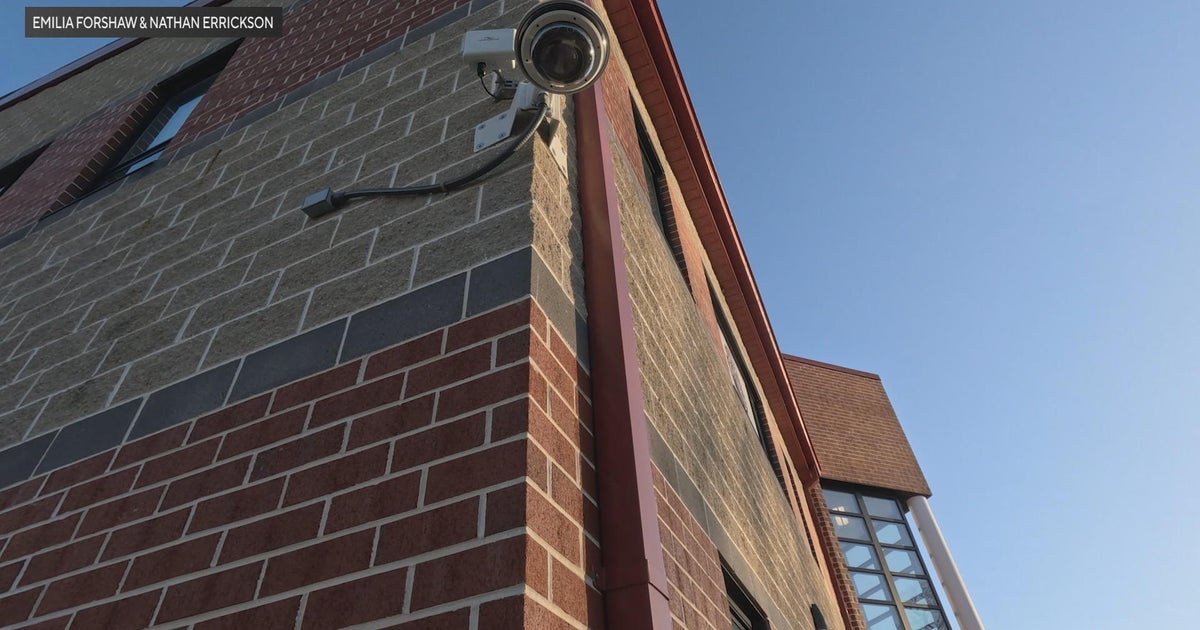Signal Problems Preceded Gloucester County Train Derailment
PAULSBORO, N.J. (AP) — A signal may have malfunctioned on a southern New Jersey bridge where a train derailed, causing a hazardous chemical to spew into the air and leading to health problems, an evacuation, tricky cleanup decisions and broader questions about the condition of railway infrastructure.
VIEW: Photos From The Scene
No serious injuries were reported in the Friday morning accident. But the U.S. Coast Guard said Saturday night that the evacuation of 12 city blocks near the Mantua Creek site would remain in effect as a precaution. Teams also were monitoring the air quality and collecting water samples, the Coast Guard said.
National Transportation Safety Board chairman Deborah Hersman said the crew on the train told investigators that when they approached the Mantua Creek bridge before 7 a.m. Friday, the signal light was red, telling them not to cross. She said the crew found it unusual to get a red light at that hour of the day.
They used a radio signal to try to change the signal to green, but it did not work, Hersman said. She said the conductor got off the train and inspected the aging bridge. When it appeared to be OK, she said, the engineer called for — and received — permission from a dispatcher to go through the red light and cross the bridge.
Only the two locomotives and the first five cars on the southbound train got across the bridge before seven cars derailed. Hersman said the engine was moving 8 mph before the accident — under the 10 mph speed limit.
Hersman said investigators were trying to determine whether other train crews had had the same signal issue lately and whether the signal problems had anything to do with the accident.
Four of the derailed cars, including three that ended up partially in the creek, contained vinyl chloride, an ingredient in the common plastic PVC. A gas, vinyl chloride can induce respiratory problems, dizziness and other health effects after short-term exposure — and liver problems and other complications after high levels of exposure over time.
The accident ripped a hole inside one of the tankers, causing the gas to escape.
More than 70 people went to an emergency room Friday, none of them with life-threatening injuries.
A handful of nearby homes were evacuated Friday; some residents were allowed to return hours later after some of the chemical dissipated into the air and the rest turned into a solid and settled back into the tanker. But Friday evening, residents in the 12 blocks near the site were ordered evacuated.
State Assemblyman John Burzichelli, a former Paulsboro mayor serving as an emergency management spokesman, said the chemical levels spiked as the temperatures dropped and the breeze died down Friday evening so that gas escaping the tanker lingered nearby longer.
Conrail, the owner of the tracks, put up residents in 106 hotel rooms Friday night. And the Coast Guard said Conrail will again open a center in the Paulsboro Fire Department to help people affected by the accident.
Residents said they were told to be ready to stay away from their homes for three days and possibly longer.
Some said they had tough nights away from pets, which were taken to an animal shelter. Others were frustrated with the late call to get out and not having much time to pack.
"We were not told until they knocked on our door," said Diamond Veney, who was holding her sleeping 1-year-old son, Tamir.
She said her family was given just 30 minutes to get out Friday evening.
Many of the displaced residents were being moved from hotel to hotel on Saturday. For some, the shift meant heading to a place that accepts pets.
On Saturday, crews moved some of the train cars around and brought in empty tankers to be used to store vinyl chlorine.
The NTSB's Hersman said investigators normally spend about a week documenting sites of accidents like this one. But she said it could take longer in this case because they will not go back to the site until it's declared safe. It was not clear when that may happen.
Meanwhile, NTSB staff members were focusing on records review, witness interviews and other tasks that do not require being on site. She said the board is also pursuing details of how the bridge was rebuilt after a coal train derailed there in 2009.
Hersman said investigators want to learn if the tidal surge from Superstorm Sandy may have caused problems at the bridge. Though it's in one of the parts of New Jersey least impacted by the storm, she said, the storm may have affected it.
Officials also were considering how and when to move the remaining chemical from the ruptured car.
Even without all details of the accident determined, New Jersey state Senate President Stephen Sweeney, a Democrat whose district includes Paulsboro, said it pointed to a bigger problem: An aging railroad infrastructure.
He said the 200-foot span at the center of this derailment originally went up in 1873. He said that accidents can happen anywhere, but "you have to make sure, at least, the infrastructure is as safe as it could be."
He said that because federal regulators oversee most freight rail issues, it's up to the federal government to push for, and perhaps pay for, upgrades.
Recent state and federal funding commitments totaling $28 million to improve rail infrastructure have not included the Paulsboro bridge, he said.
(© Copyright 2012 The Associated Press. All Rights Reserved. This material may not be published, broadcast, rewritten or redistributed.)



